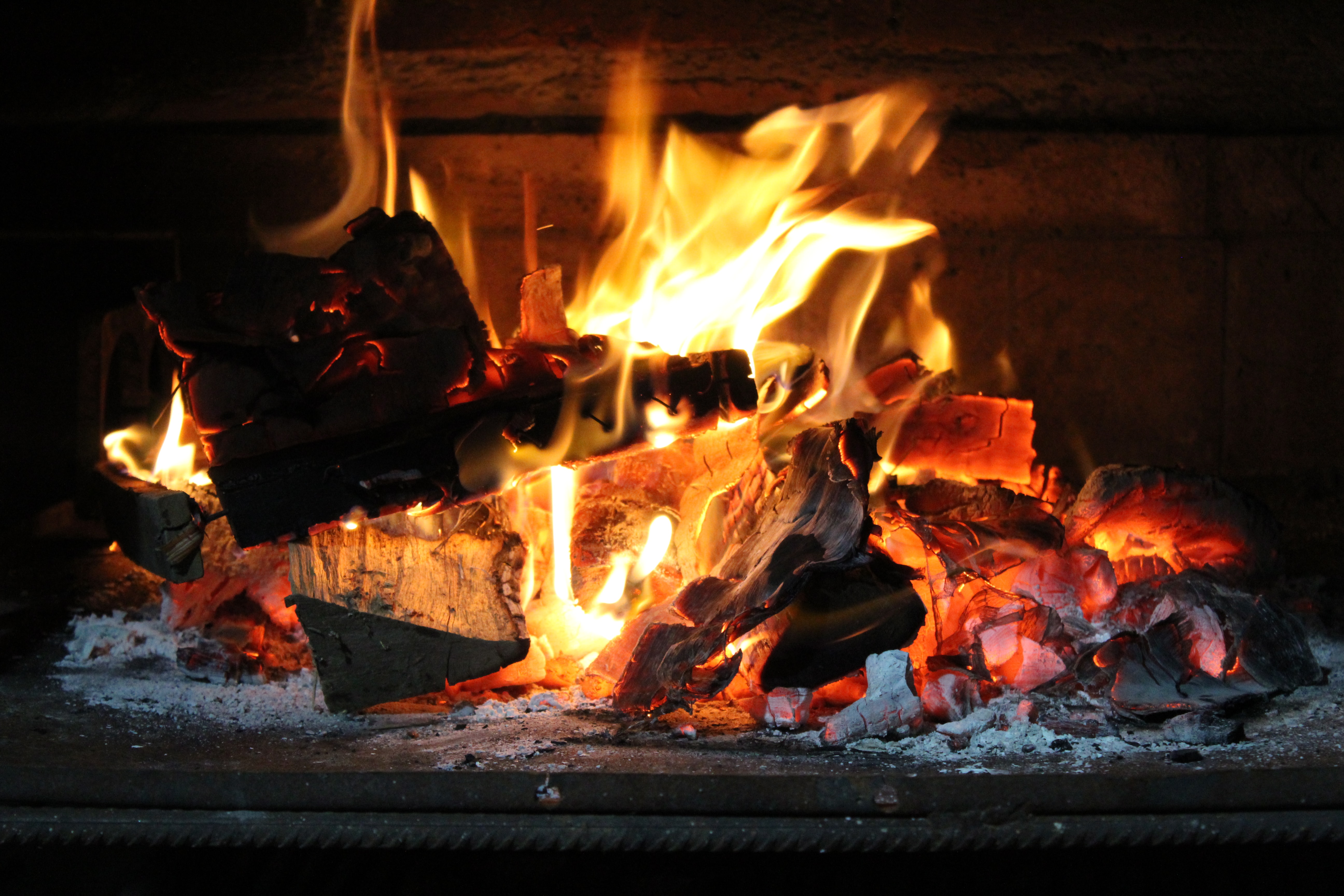Many consider heating with wood to be clean. However, when wood is burned in stoves or wood-fired boilers, an enormous amount of fine dust and, at times, high concentrations of potentially toxic exhaust gas components are produced. These pollutants put people and the environment at risk. The Federal Environment Agency even recommends that – regarding higher emissions – the abolition of wood burning.
The best solution to effectively reduce emissions is the intelligent management of the combustion process. Some single-chamber stoves and most boilers now have a lambda probe to measure the remaining oxygen in the exhaust gas. In order to be able to control the combustion process more precisely and thus reduce the emission of fine dust and other pollutants, an additional sensor is required to measure unburned hydrocarbons and carbon monoxide.
Sensor reduces fine dust emissions
This sensor, which can significantly reduce particulate emissions when integrated into the combustion air control system, is referred to as a CO/HC sensor. The sensor has already been used in various wood-burning stoves. However, the problem was a relatively short period of use before the sensor had to be replaced again. In addition, the manufacture of the CO/HC sensor was relatively expensive.
A working group at the Institute for Sensing and Information Systems (ISIS) at Karlsruhe University of Applied Sciences, headed by Prof. Heinz Kohler has developed a combustion air sensor and control system that significantly reduces emissions when burning wood. A central element of this regulation is the CO / HC sensor. Combining sensors and algorithms and adjusting primary and secondary air flows accordingly leads to a significant reduction in pollutants, that is, the emission of harmful gases and fine dust.
Patented process to reduce pollutants
Using a patented process, the scientists have improved the CO / HC sensor, which can be produced by a partner company, so that the sensor works steadily in the exhaust gas and remains stable for longer thanks to the use of a newly developed regeneration method. This means that the CO / HC sensor can now be used in all wood burning processes and, according to current knowledge, is likely to have a service life of several heating periods.
The reduction of fine dust and polluting gases from log stoves has been investigated in both laboratory and field tests over a period of several months. By using the CO/HC sensor combined with a new type of automatic combustion air control, exhaust gas catalytic converter and particulate filter, very low exhaust gas values can be measured, which are well below current legal requirements.
The invention has been patented (DE, EP pending). Technologie-License-Büro (TLB) GmbH supports scientists and the Karlsruhe University of Applied Sciences in patenting and commercializing the current development and complete control and regulation system for wood-burning ovens. The TLB is responsible for exploiting this forward-looking technology and offering licensing options to wood stove or boiler manufacturers.
For more information: Innovation Director Dr.-Ing. Hubert Siller ([email protected])

“Certified tv guru. Reader. Professional writer. Avid introvert. Extreme pop culture buff.”





More Stories
Microsoft VASA-1: With images and sound to create a talking image with AI technology
Neuberg: Park of the future with high technology and entertainment value – Munich area
“At Garching we are building something unique in the world.”